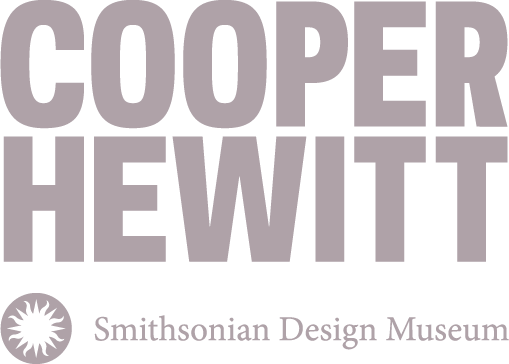Fashion
WilliWear runways served as sites of experimentation and
expression, presenting each collection with a new theme, graphic identity, and
set of artistic collaborators in an unconventional venue. Smith and Mallet
shattered the formal traditions of the couture runway by presenting affordable
clothing in events that Smith claimed were not about “the clothes but the
impression of the clothes, seeing the clothes in context, in a way that might
amuse.”
Music, video, makeup, conceptual art, and “street dressing” converged
in references as far-flung as techno-utopianism, American suburban life,
16th-century-Italian commedia dell’arte, and drag balls—underground performance
events traditional to young, working class Queer Black and Latinx cultures.
WilliWear used these presentations not only to sell clothing, but also as a
creative platform to advocate for diversity and inclusion within the fashion
industry, populating runways with models of color, showing men’s and women’s
collections simultaneously, and styling gender-fluid ensembles.

